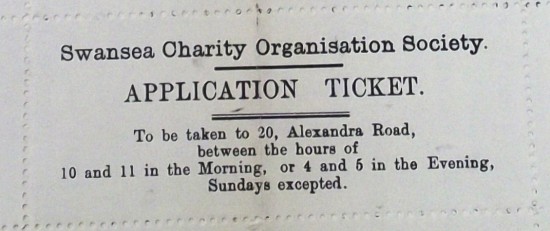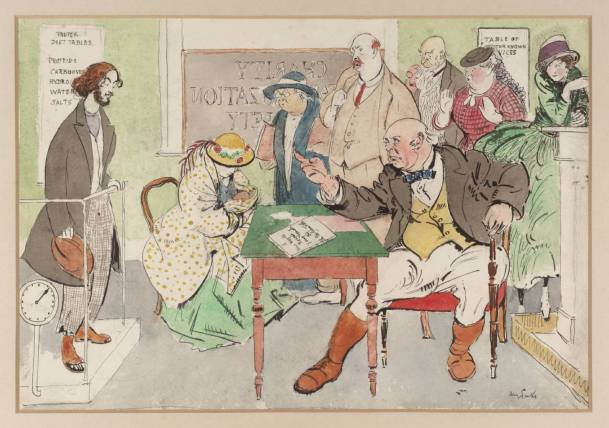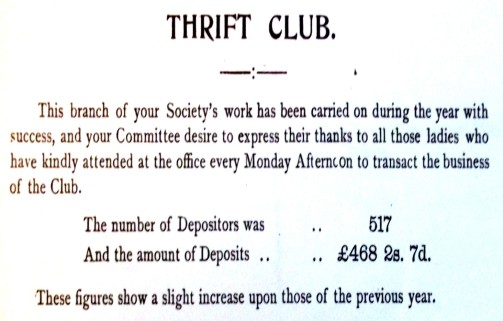‘Cringe or Starve’ was an epithet for the COS or Charity Organisation Society that sought to regiment philanthropy and avoid ‘indiscriminate’ charity in Victorian and Edwardian Britain. Charles Dickens immortalised the COS in his final unfinished novel, The Mystery of Edwin Drood, as the Haven of Philanthropy with Luke Honeythunder as ‘Stipendiary Philanthropist’. Dickens described Honeythunder’s brand of philanthropy as the ‘gunpowderous sort’ and that the ‘ difference between it and animosity was hard to determine’.
Above: Artist, Henry Tonks, unknown date, the Tate
The COS envisaged charity as a vehicle for encouraging self-help. Any gift which did not make an individual better, stronger and more independent, they felt damaged rather than helped the recipient:
‘Kind hearted persons are often perplexed when cases of apparent distress come under their notice. They would willingly give help if they knew the tale was true, and the appellant deserving, but this can only be proved by enquiry, for which busy people have not the needful time. It was partly to meet this difficulty that the COS was established – to discriminate between the honest, industrious struggling poor, and the vicious, idle, and improvident’.
Thorough investigation of the people asking for help was at the heart of the COS. This ‘casework’ approach pioneered the professionalisation of social work and took notions of the deserving and undeserving poor to new heights (or depths). In Swansea, if a ‘kind hearted person’ was approached for help, they would give the ‘appellant’ a ticket, like the one below, to present to the COS for enquiries to be made to their veracity and need, ‘instead of giving money to beggars on the street or at the doors’.

However, it is this statement from 1906 that, in my mind, emphasises the supreme and utter confidence of the Victorian and Edwardian ruling class:
‘We dealt with 35 cases, which proved to be unsuitable for help, but we desire to emphasize our opinion that this does not mean lost labour. As a Society for organizing Charity, a very important part of our work is to prove by our investigation what cases are suitable or unworthy, and thus protect the charitable public from unscrupulous beggars and unworthy applicants’.
They absolutely knew they were right…


What a fascinating blog!! This is Claire from Out of the Ordinary. I can’t wait till I have some time to dive in here!
Thanks Claire, love your blog too